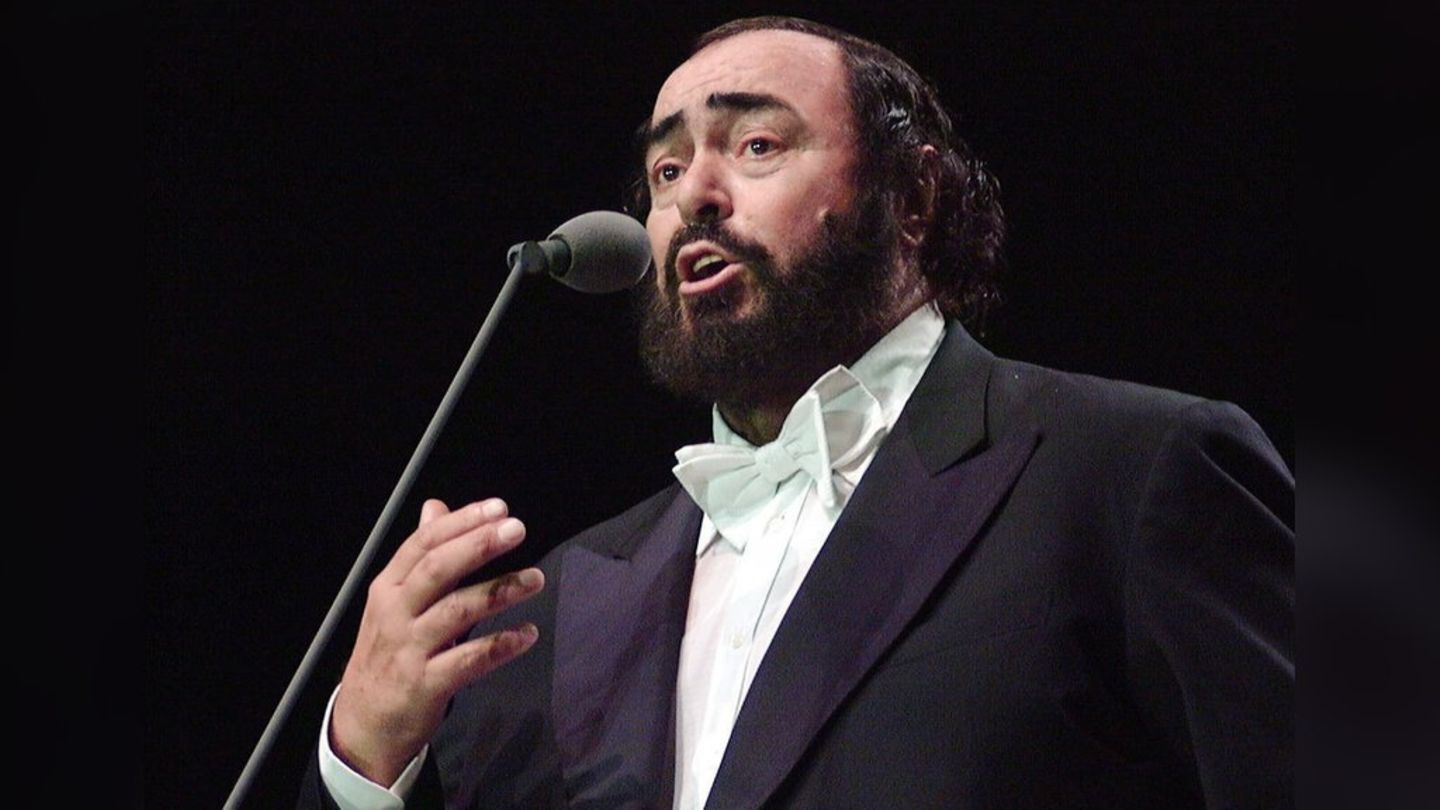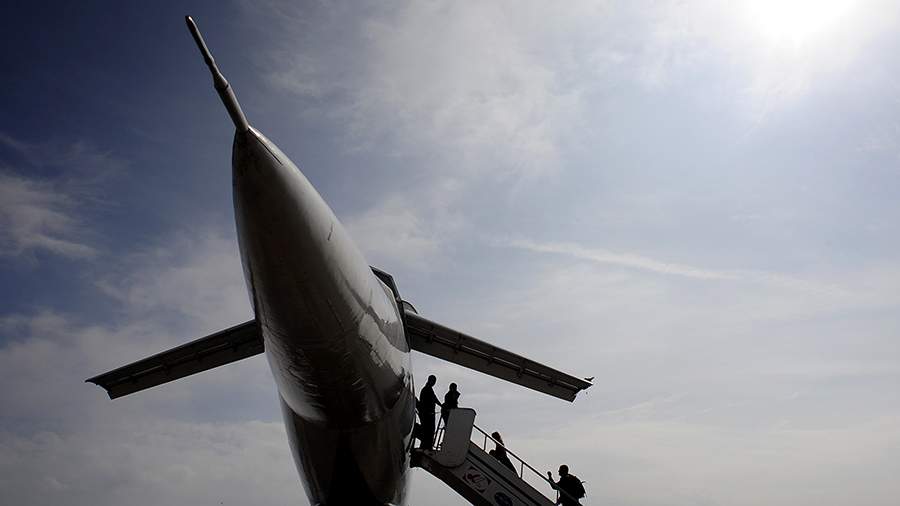Jane Stock is a technology author, who has written for 24 Hours World. She writes about the latest in technology news and trends, and is always on the lookout for new and innovative ways to improve his audience’s experience.
Menu
MAI spoke about the work on a new supersonic passenger aircraft
Categories
Most Read
7 Best Chargers for Samsung S22 Ultra (Review 2022)
November 4, 2022
No Comments
Apple re:Store stores closed in Moscow
March 2, 2022
No Comments
Scientists have proposed a new hypothesis for the origin of oxygen on Earth
March 2, 2022
No Comments
Russian hacker group Killnet took down Anonymous website
March 1, 2022
No Comments
Websites of a number of Russian media turned out to be inaccessible
March 1, 2022
No Comments
Latest Posts

Luciano Pavarotti would have been 90 years old: the legend lives on
October 12, 2025
No Comments
Lisa HarrisI am an author and journalist who has worked in the entertainment industry for over a decade. I currently work as a news editor

How a Formula 1 world champion went from idol to stepping stone
October 12, 2025
No Comments
Marco Brugger talks about social media at the Digital Days. Marco Brugger (right) and his colleague Alexander Kollmann (left) with Rafael Nadal (M.) on his

Tips from Monsieur Moissonnier: Cell phones off the table! – This is how you behave in a restaurant
October 12, 2025
No Comments
Lisa HarrisI am an author and journalist who has worked in the entertainment industry for over a decade. I currently work as a news editor
24 Hours Worlds is a comprehensive source of instant world current affairs, offering up-to-the-minute coverage of breaking news and events from around the globe. With a team of experienced journalists and experts on hand 24/7.

